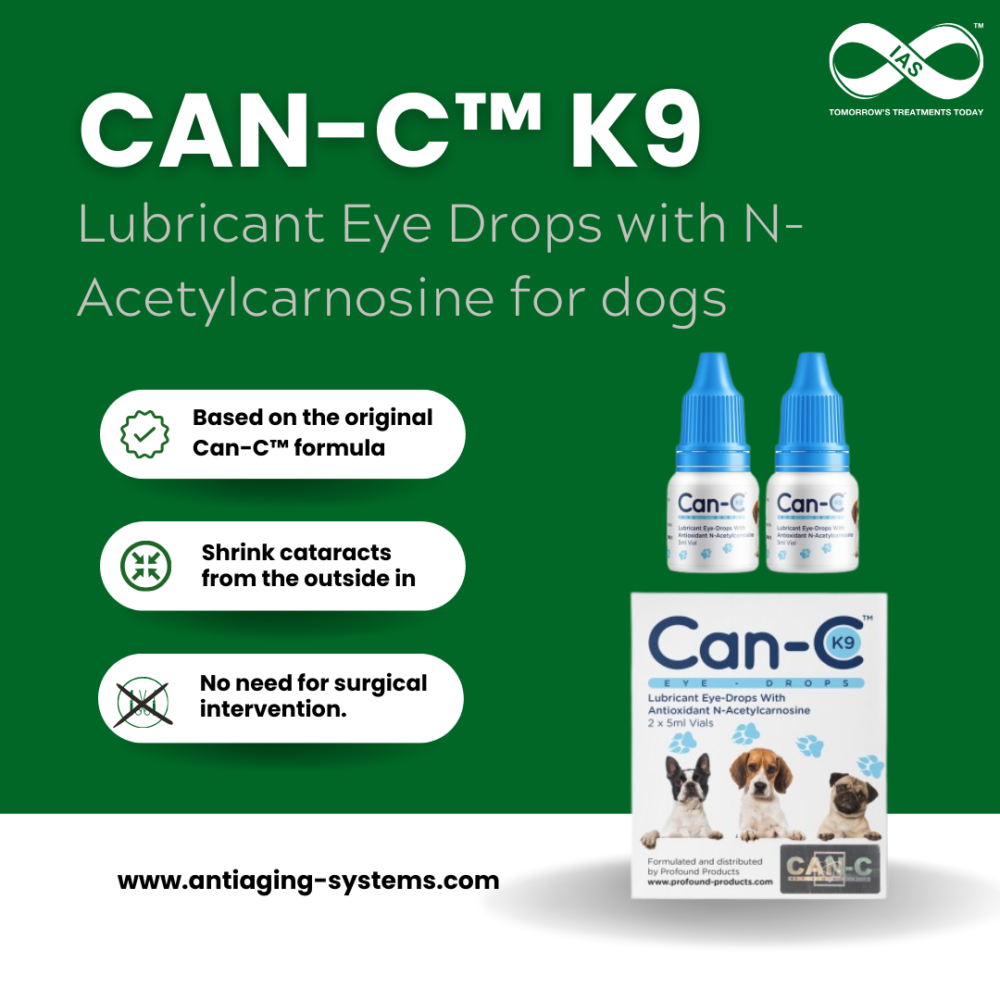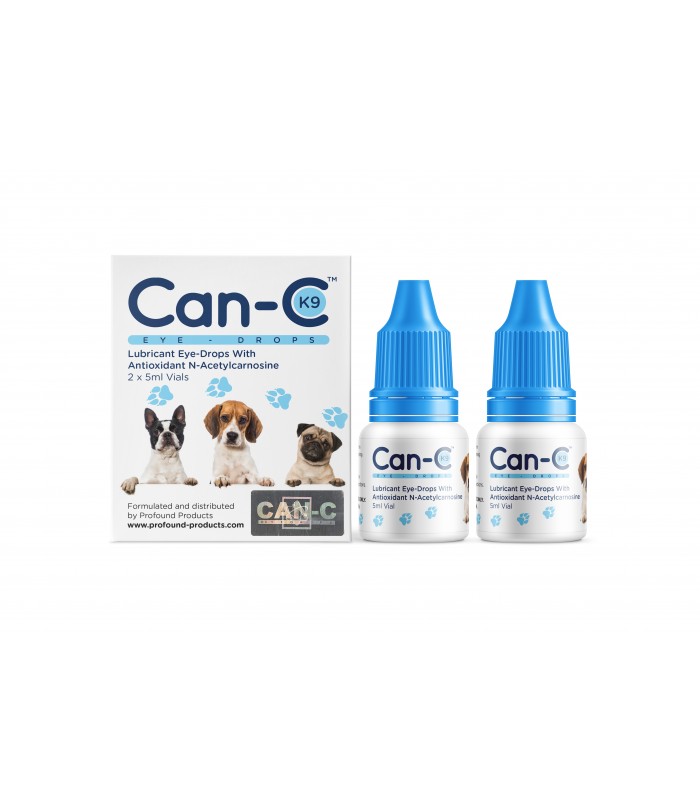Treating Canine Cataracts; What are the Options?

Like humans, dogs can develop numerous age-related health conditions as they get older. One particular concern is the development of cataracts. These cloudy formations on the eye lens can greatly affect their vision and overall quality of life. Fortunately, there are ways to treat cataracts in dogs.
What Causes Cataracts in Dogs?
The natural aging process of the eye lens causes the protein to break down and clump together, giving the appearance of cloudiness, which is the usual cause of cataracts. Additionally, some dog breeds may have a predisposition that makes them more prone to developing cataracts.
Some common signs of cataracts in dogs can include:
- Cloudy, white, or blueish appearance in one or both eyes
- Bumping into objects or walls
- Walking with their nose to the ground (to compensate for poor vision)
- Hesitant to go up or down stairs
- Discharge or redness in the eye
Treatment Options for Canine Cataracts
It can be heartbreaking to witness your beloved furry companion struggle with vision loss. That’s why it’s important to address this issue. There are several options for treating cataracts in dogs, including:
Medical Treatment
The traditional and most effective method to address cataracts is through surgical procedures. This involves removing the cloudy lens and, in many cases, replacing it with an artificial one.
While this might sound daunting, the benefits can be substantial, with many dogs regaining near-complete vision post-operation. However, there are potential risks such as infection or inflammation, and the recovery process will require diligent post-op care from pet parents. It can also be costly and is not recommended for all dogs, for example, those with underlying health issues.
Alternative Treatments
Surgery is not the only option when it comes to managing canine cataracts. Other alternatives include medications and eye drops that can help reduce inflammation and pressure potentially slowing down the progression of cataracts. These non-invasive options usually involve little downtime and carry fewer risks compared to surgery. They are also generally more cost-effective.
Non- Surgical Option – Can-C K9™ N Acetylcarnosine Eye Drops
If you prefer to avoid surgery and its associated risks you might want to consider using Can-C K9™ N Acetylcarnosine eye drops instead. This gentle and safe option has been specially developed for dogs using a formula, similar to the one used in treating cataracts in humans called N acetylcarnitine (NAC). Studies have proven the use of Can-C N- Acetylcarnosine eye drops to manage, reverse, and prevent cataracts in canines [1].
How Do Can-C K9™ N Acetylcarnosine Eye Drops Work?
Can-C K9™ eye drops function as antioxidants. They are applied directly to the eye and work to remove free radicals, promote healthy cell growth, and protect the eye’s lens from oxidative stress. Specifically, they deliver L carnosine (a naturally occurring compound) to the eyes aiding in clearer vision and potentially slowing down or reversing cataract progression [2]. This means that Can-C K9™ eye drops can gradually reduce and dissolve cataracts without requiring surgery.
However, you should always seek medical advice if you or a loved one have any health concerns – this includes your furry friends!
Conclusion
Canine cataracts aren’t merely an aging issue; they’re a call to action for pet owners. Can-C K9 N Acetylcarnosine eye drops offer a non-intrusive and successful approach – making it a treatment worth considering.
For more information, please click through the Can-C™ K9 section on our website to learn more.
